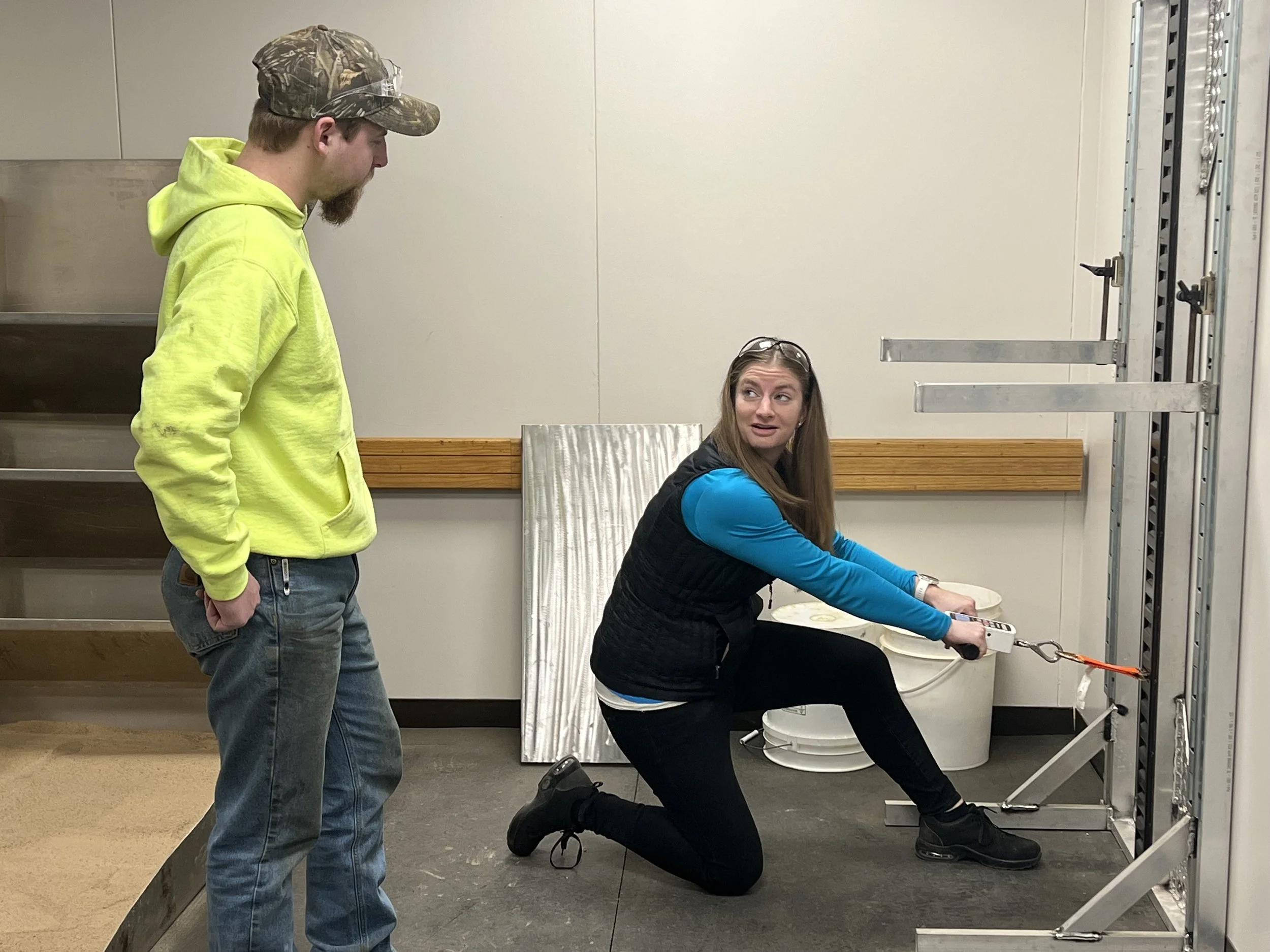Getting people back to what they love is the job of an athletic trainer. Ensuring there are plenty of high-caliber graduates ready to serve active populations is the job of universities and colleges, whose programs provide interactive learning environments that will prepare students to enter the profession.
Advanced Physical Therapy & Sports Medicine (APTSM) plays a vital role in the process.
“It’s important we offer internships and job shadowing opportunities for those on the path to becoming athletic trainers,” said APTSM’s Traci Tauferner. “The field is projected to grow 25% by the end of the decade.”
While there is a broad range of settings for the athletic trainer—physician practices, professional sports, clinics specializing in sports medicine, occupational health, and performing arts, to name a few—the vast majority of graduates will enter the field’s most traditional setting: schools.
That’s where Tauferner started out after earning her athletic training degree at UW-Oshkosh. With a robust resume developed since her graduation—she’s the Director of Industrial & Tactical Medicine at Advanced—Tauferner now devotes time both to her administrative duties as well as to the onsite therapy services she delivers at multiple locations.
Tauferner is committed to bringing attention to industrial athletic training, especially as the need for athletic trainers to prevent, evaluate, manage, and rehabilitate conditions faced by workforces—directly at companies and municipalities—continues to grow.
“Achieving injury prevention and cost control in this day and age for the industries and tactical groups we serve is not just a desired outcome,” said Tauferner. “In many cases, it’s a matter of survival.”
More than 55 Wisconsin companies and organizations utilize Advanced PT’s hallmark program of onsite wellness solutions. APTSM’s dedication to workplace health and safety has contributed to recognition at local, state, and national levels.
That kind of focus includes providing learning opportunities for those interested in pursuing a career in the field, and Tauferner is passionate about students understanding the paths available to them.
“It’s important for us to provide these experiences for the next generation, especially so in the bourgeoning industrial and tactical realms, as fewer than 5% of graduates are going into those sectors,” she said.
The connection between APTSM and Tauferner’s alma mater remains strong, as evidenced by UW-Oshkosh student Cade Littleton’s recent experience.
Littleton, a senior in the Masters of Athletic Training Program, spent the summer working through four specific rotations: clinical, hospital, professional team, and industrial/tactical.
Littleton said a few football injuries (“some hip and shoulder pain, but nothing huge like a blown ACL”) led him to seek treatment. Though his high school didn’t have a traditional athletic trainer, a nearby orthopedic group supplied the small school with a physical therapist, and Littleton found himself fascinated by the PT’s skills.
“I was just very interested in what he did, so much so that I actually job shadowed him for one of my classes,” said Littleton. “That set me on the PT path, but once I got to school and got a little more experience with athletic training, I became drawn to that, to work with a younger and highly active population.”
To meet the requirements of the program, one of Littleton’s rotations had him paired with Tauferner.
“This was actually the third time I had met Traci,” said Littleton. “I met her following a presentation she did on mental health, then at the WATA (Wisconsin Athletic Trainers’ Association) conference this year.”
For two weeks Littleton followed Tauferner’s schedule (“yeah, she starts early”), which included stints with the tactical groups she services.
“It was cool to see the firefighters and police officers and how they handle things at their own facilities,” said Littleton. “It was a lot different than my traditional experiences.”
With those tactical groups, Tauferner gave Littleton the opportunity to do full evaluations; she provided guidance, talking Littleton through treatment options and giving him the chance to “do his own thing.”
“Traci allowed me to do a lot more hands-on than I expected, so that was really cool,” he said.
He also learned about Tauferner’s use of and advocacy for modern cupping techniques.
“Just how she used cupping and explained it so it made sense to the client was very interesting,” said Littleton. “That helped me a lot because I’m still a student trying to figure this stuff out.”
Asked about key takeaways following the rotation, Littleton doesn’t hesitate.
“The experience pushes me to continue to learn, to ask questions, and to demand respect as Traci does.”
Littleton admitted he’d like to replicate the demeanor Tauferner exhibited throughout their time together.
“Traci’s vibe is straight confidence,” said Littleton. “The setting doesn’t matter.”
Summer rotations are complete, Littleton is now working with UW-O’s athletic trainer for 2023 football season. Set to graduate next May, Littleton is currently leaning towards working in the high school or college setting, but he’s not ruling anything out.
“I’m not 100% sure yet,” said Littleton.
If uncertain about his job setting, Littleton expresses a clearer view in the geographic sense.
“I’m up to moving,” he said. “I’m not a huge fan of winter.”
—
If you or a student you know is interested in experiencing what Advanced does every day, contact us today!.





